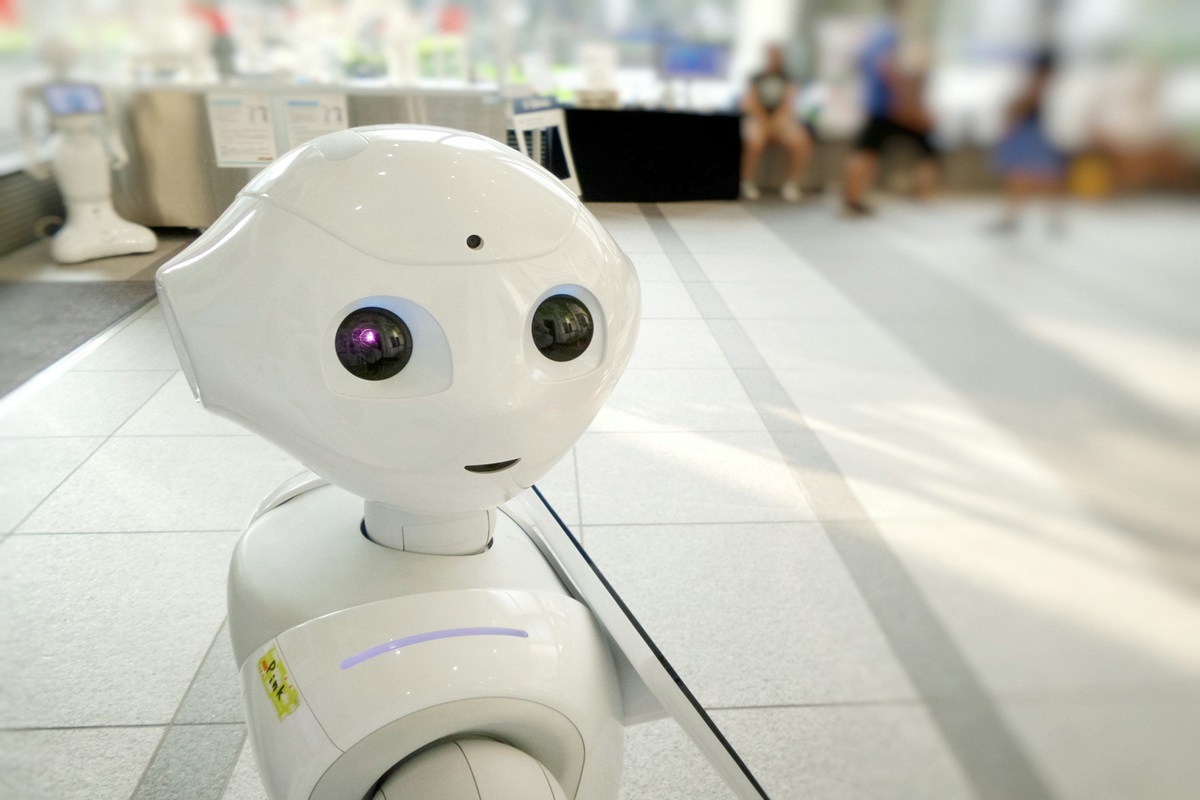Artificial intelligence, existing in forms similar to OpenAI’s ChatGPT, brings a new configuration of technological reality closer to full-fledged and large-scale materialization, in which humanoid robots are what correspond to the concept of an ordinary phenomenon.

The mentioned tendency, which is a process leading up to the integration of cutting-edge machines into everyday life, is especially relevant for China, where many large factories are currently operating. These production sites are making goods on a global scale.
Currently, the artificial intelligence industry is the subject of increased attention from all of humanity. The new technology demonstrates impressive cognitive abilities, which have already become a catalyst for public debate on the likelihood that in the foreseeable future, humanity will encounter an alternative form of mind that exists in the digital dimension. It is worth noting that these are assumptions, the materialization of which is one of the potential scenarios for the development of the technological area in the future. The history of artificial intelligence has been going on for several decades. In 2022, what can be called a turning point for the AI industry took place. At the end of November, of the mentioned year, the debut of the OpenAI ChatGPT chatbot took place. This digital product has become something of a sensation. An artificial intelligence-based chatbot has demonstrated impressive abilities in terms of understanding human thought and generating content based on a user request.
ChatGPT, whose digital thinking is carried out in the paradigm of human logic, is not available in China. At the same time, in this Asian country, local companies such as Baidu have developed similar chatbots and artificial intelligence models.
Li Zhang, chief operating officer of LimX Dynamics, based in Shenzhen, located in the southern part of China’s Guangdong Province, says that in robotics, generative AI can help machines understand and perceive the environment. About three months after starting work at the mentioned company, which was two years old at the time, he changed his expectations about how much time the firm needed to design a humanoid robot that could not only work in a factory but also perform tasks in the household.
Initially, Li Zhang assumed that the mentioned process would last from eight to ten years. Now he expects that some relevant developments will be presented in five to seven years. Li Zhang says that after working for the company for several months, he saw how the capabilities of various tools improved as a result of the integration of artificial intelligence. According to him, AI accelerated the entire research and development cycle of the firm.
It is worth noting that currently, many companies are seeking to benefit from the capabilities of artificial intelligence within their activities. OpenAI backs startups that specialize in the development of humanoid robots. Tesla is also currently designing its own robot, Optimus.
PitchBook data shows that electric car manufacturer BYD invested in Agibot last year just a few months after this startup was founded. The mentioned startup also specializes in the development of robots.
In November, Chinese state media published a photo showing the head of this Asian country, Xi Jinping, watching a humanoid robot at an exhibition center as part of his first trip to Shanghai after the end of the coronavirus pandemic. This machine was developed by Fourier Intelligence.
Before humanoid robots become a kind of standard and traditional device in households, which is the goal of LimX, factories can become a profitable enclosed space for their deployment.
According to the Stanford University AI Index report, in 2013 China surpassed Japan as the world’s largest manufacturer of industrial robots. Currently, Beijing accounts for more than 50% of the global volume of making the mentioned machines. The mentioned report also notes that in China, electronics, automotive, metal, and machinery have become the main industries for the introduction of industrial robots.
At the same time, in the context of assessing the prospects for large-scale robotization of workflows, the conclusion is formed that in this case, the use of exclusively artificial intelligence is insufficient. It is worth noting that the corresponding conclusion emerges within the framework of reflections on the likelihood that in the foreseeable future, the mass application of robots will replace human labor.
Li Zhang says that even if artificial intelligence allows a robot to think and make decisions in the same way as a human, mechanical limitations continue to be the main reason why a humanoid cannot become a full-fledged alternative to human laborers.
Future Capital, one of the backers of LimX, has also invested in Pan Motor. The company that received the funding specializes in the development of motors for humanoids.
Eric Xia, a partner at Future Capital, and an investor in LimX, says that generative artificial intelligence does not directly help in the motion of robots, but advances in the area of large language models can expand task planning by these machines.
Lenovo Capital is also one of LimX’s investors.
The process of shifting to using factory robots may accelerate after the cost of one such machine comes down.
Steve Hoffman, chairman of the Founders Space startup accelerator, is currently working with the Fastra startup. The mentioned firm is expected to launch mass production of robots in a year. Steve Hoffman spent time in China this year, where he trained local businesses on how to integrate generative artificial intelligence. According to him, the mentioned startup seeks to lower the cost of one dollar to $50,000 – $100,000. It is expected that this goal will be achieved by scaling up the implementation of appropriate machines.
Steve Hoffman says that if a startup can achieve that one robot will cost $50,000, it will be possible to sell the corresponding products in large volumes. According to him, the batteries of robots can be charged during their operation, 24 hours a day. He says that such a machine could be paid for in a year.
In pharmaceutical research, generative artificial intelligence can reduce costs without using human labor. Alex Zhavoronkov, Chairman of the Board, Executive Director, and CEO of Insilico Medicine, says that in the relevant business, it is impossible to lower costs by hiring fewer employees. According to him, the corresponding goal is achieved when the number of unsuccessful experiments decreases. He also stated that large pharmaceutical companies spend thousands of dollars to replicate the molecule for testing and conduct several thousand similar tests per program. According to him, with the help of artificial intelligence, it is necessary to synthesize only about 70 molecules per program.
As we have reported earlier, Big Tech Companies Consume Lot of Data to Win in AI.









